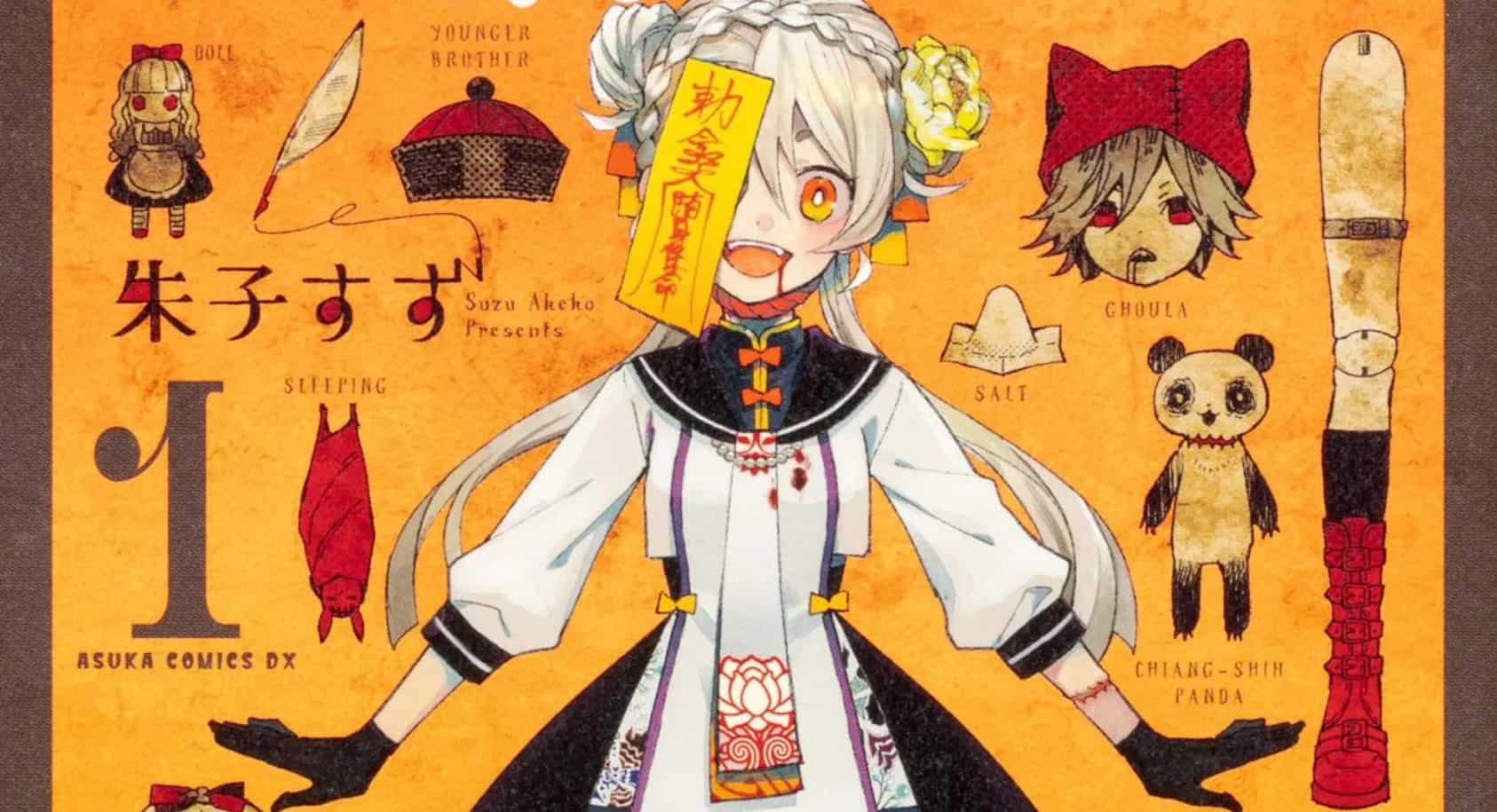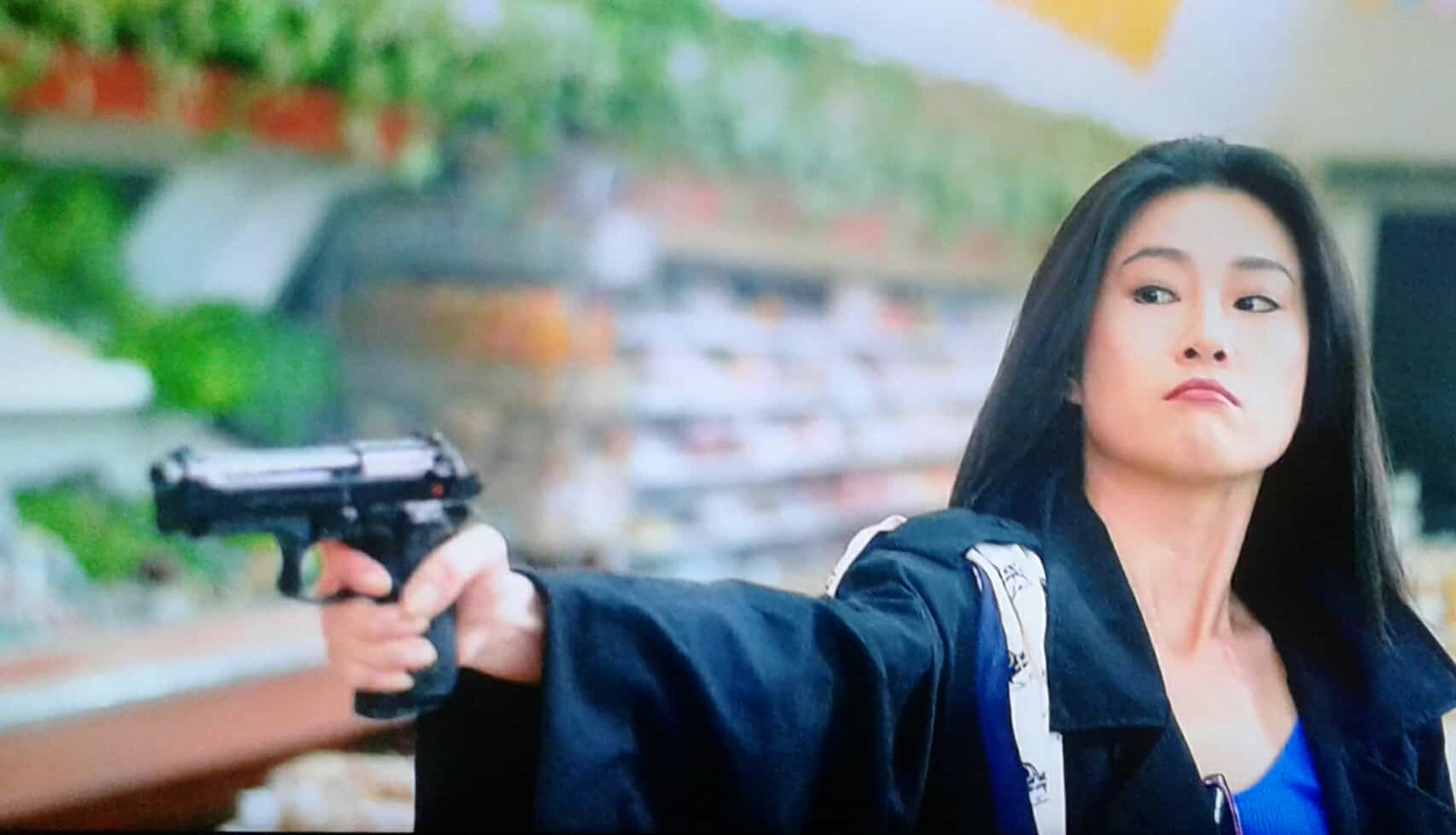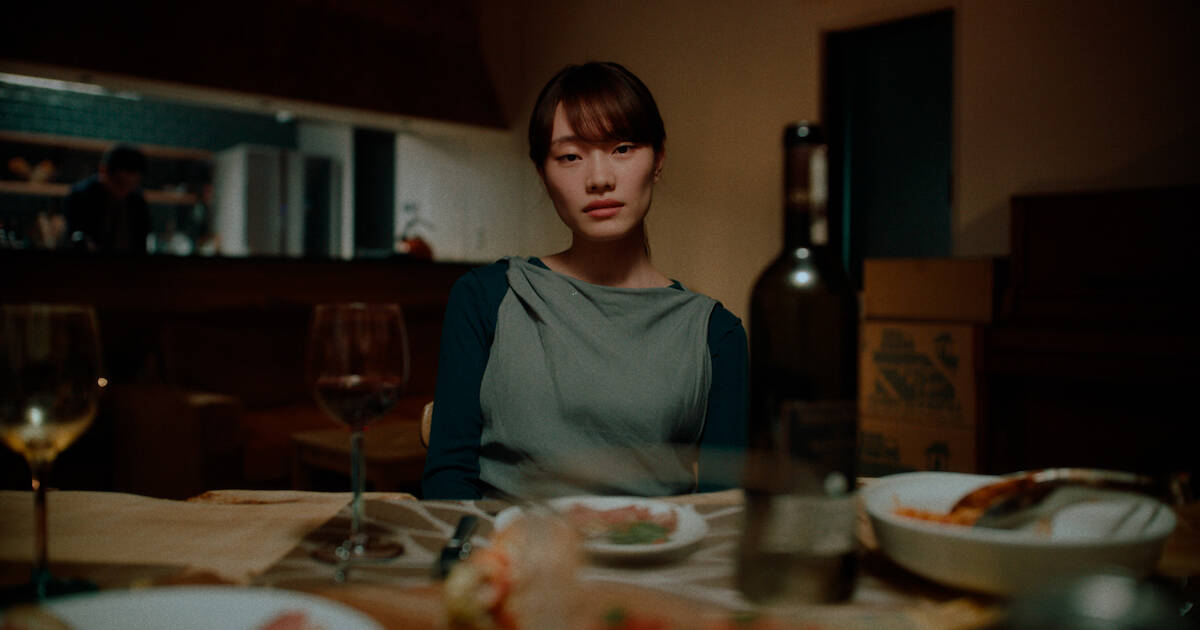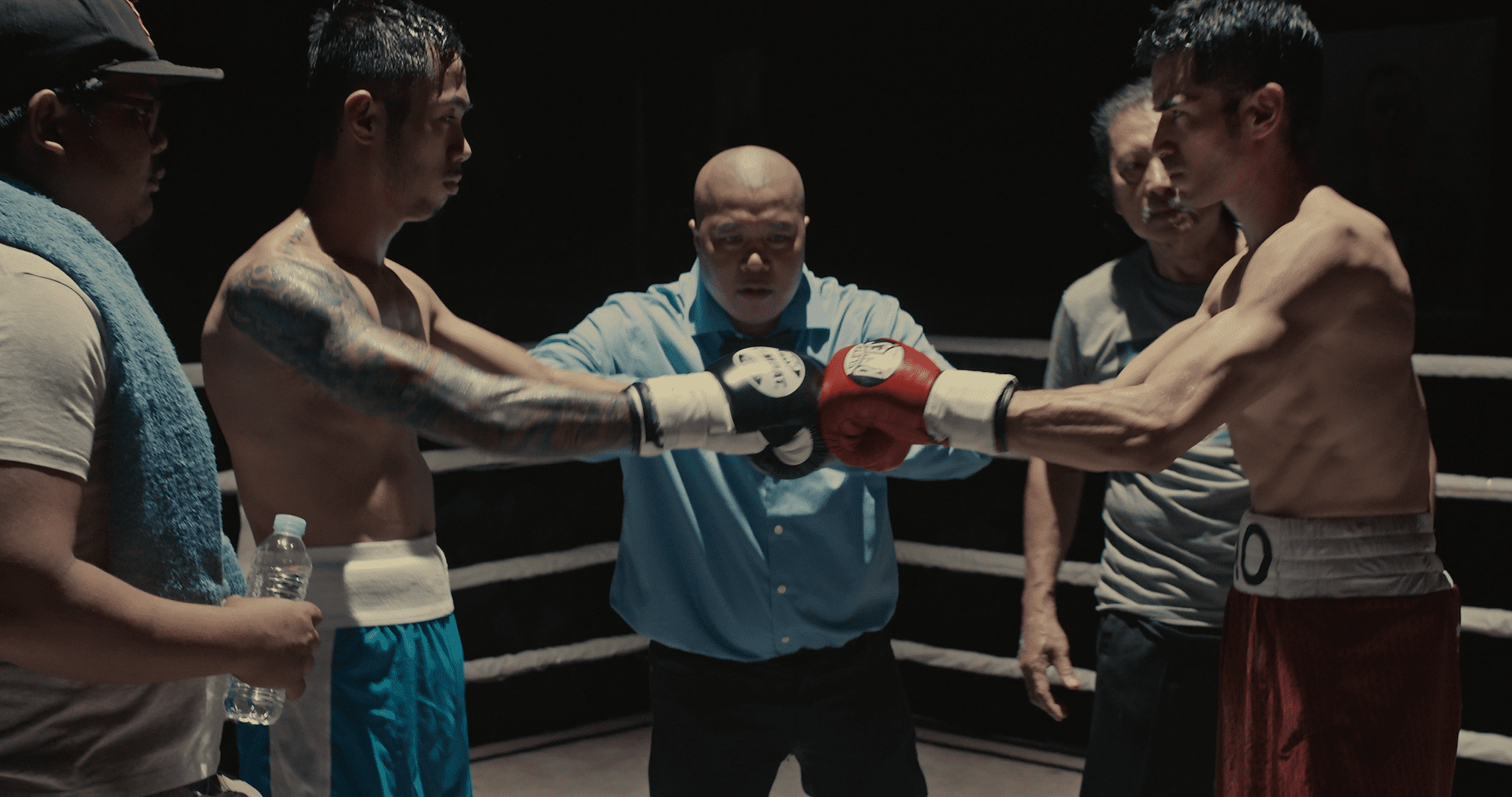Although the name Kiyoshi Kurosawa has become synonymous for the early days of J-horror as well as effective thrillers such as “Creepy”, the director is also known to experiment within genres, finding new ways of storytelling and visualizing a world. One of those cinematic experiments may also be “Beautiful New Bay Area Project”, a short feature commissioned by the Hong Kong International Film Festival and which screened at international festivals such as the 13th edition of the New York Asian Film Festival. Currently streaming on MUBI, it blends elements of drama and martial arts with an additional comment about the mentality of certain corporations changing the landscape of a city.
“Beautiful New Bay Area Project” is now streaming on MUBI
Upon inspecting a wharf where his company plans a new project commissioned by the city, company president Amano (Tasuku Emoto) observes a group of workers, among them Takako (Mao Mita), who he immediately falls in love with. Warned by his assistants not to cross paths with the workers due to an illness in their work environment, Amano eventually gives in and returns to his office, but is unable to forget the sight of the young girl. When he admits his love to Takako, expressing his wish to take her away and make her his bride, the girl tries to get rid of him and even punches him when his approaches become increasingly physical. However, Amano, unwilling to give up that easily, steals something from the girl as a way to take revenge and make her come to him. Alas, soon he finds out that he has underestimated the strength of Amano, who knows how to fight off the various goons he sends her way.
In terms of narrative structure, Kurosawa's short feature is divided into two parts, each of which focusing on one of the central characters. Whereas the first one resembles a somewhat flawed romantic comedy, especially due to the rather goofy and clumsy ways Amano utilizes to get Takako's attention, the second part concentrates on the mysterious Amano and gives some vague insight into her origins and her will to fight for them, namely the area the company aims to redesign. Although this change of focus seems good on paper, it also changes the flow of the narrative, to the disadvantage of the first part mostly, which seems somewhat undecided on what direction to take and what to do with the themes it has introduced. Interestingly, the second part, with the addition of martial arts, seems to have more direction, but has also abandoned some of these themes as well as the character development, making the vague information we have gathered about Takako confusing.
One of these concepts the story revolves around is the distinction between the strong and the weak, a concept introduced by Takako as she re-tells an anecdote by her father. Within the context of the world of the film, it is quite obvious the company, embodied by Amano, is the “villain” destroying the landscape of the city for vain, ultra-modern projects. Thematically, this is what is at the core of “Beautiful New Bay Area Project”, which, given its simplistic nature, is rather banal and reminds the viewer of the at times naive statements about technology of Kurosawa's early works in J-horror.
In the end, “Beautiful New Bay Area Project” is a short feature which has some interesting ingredients, but whose simplistic themes and unconvincing structure makes it a rather frustrating viewing experience.
















